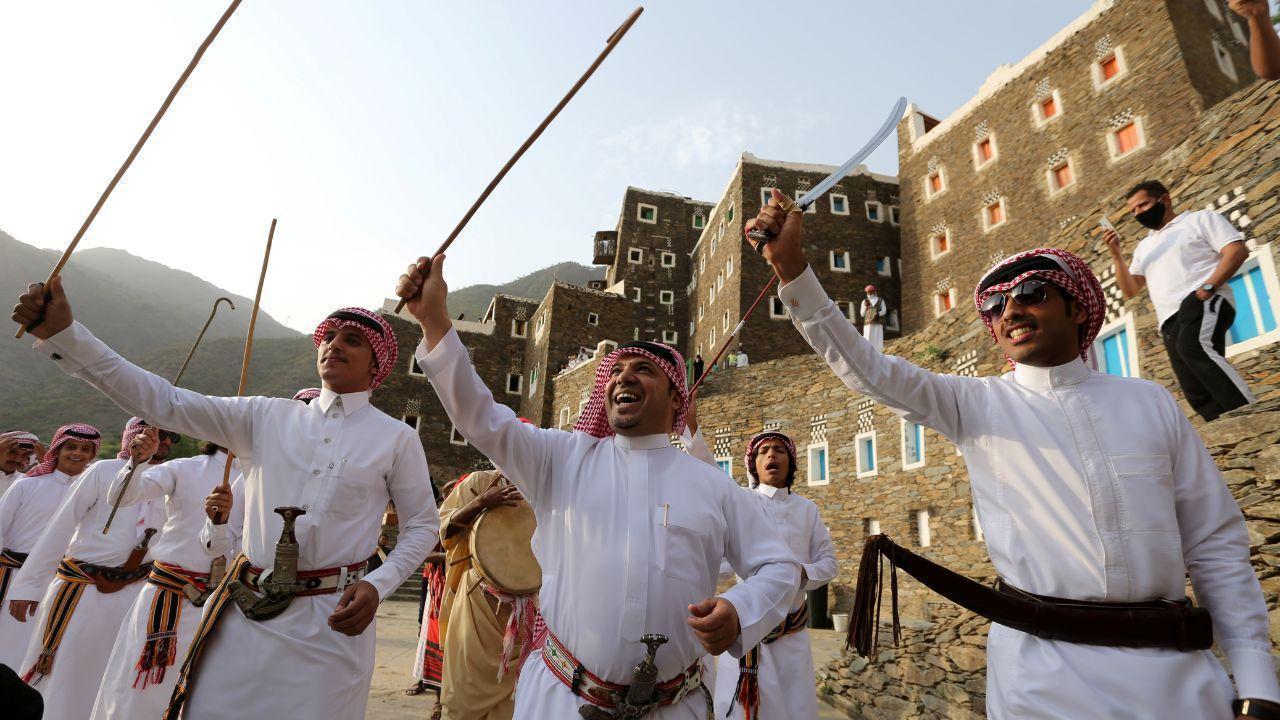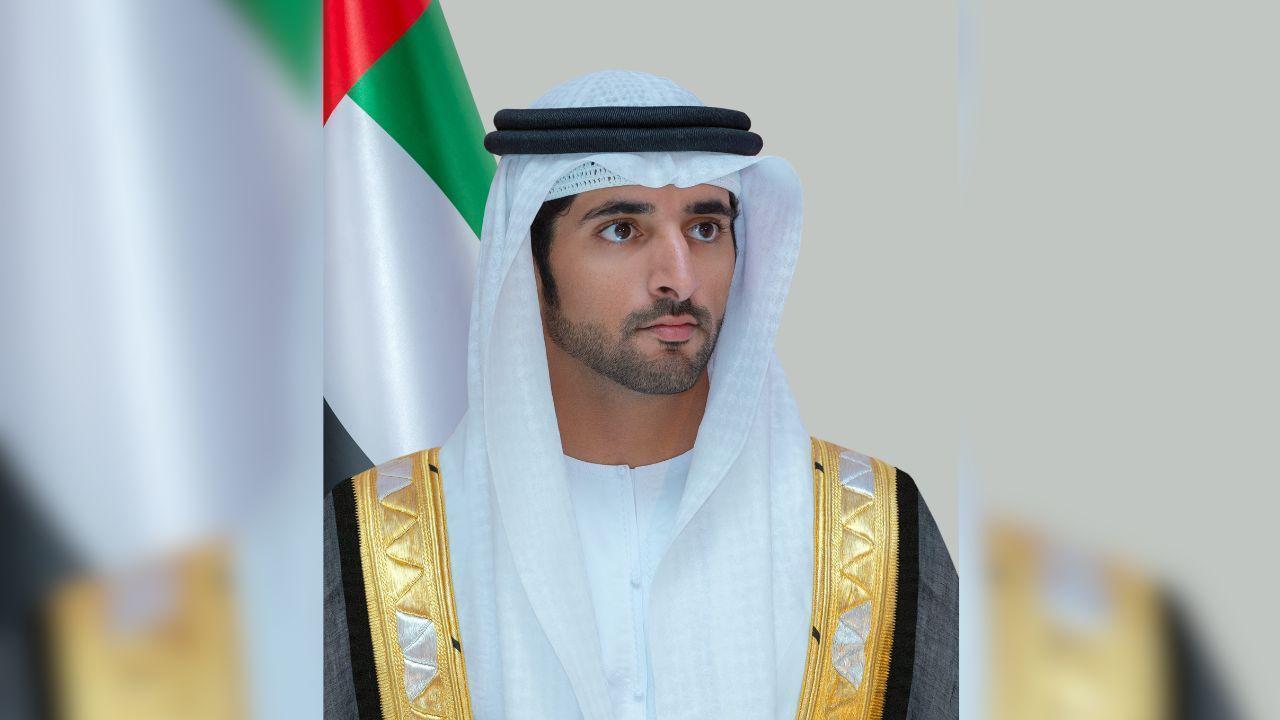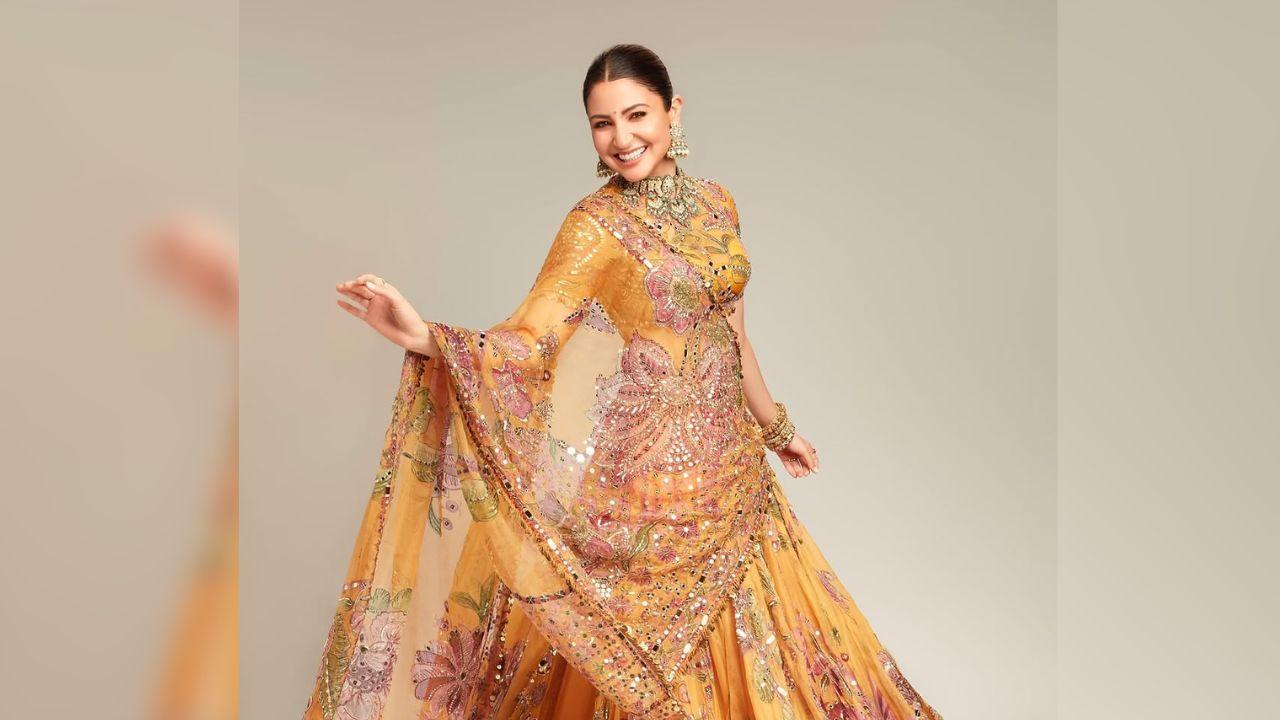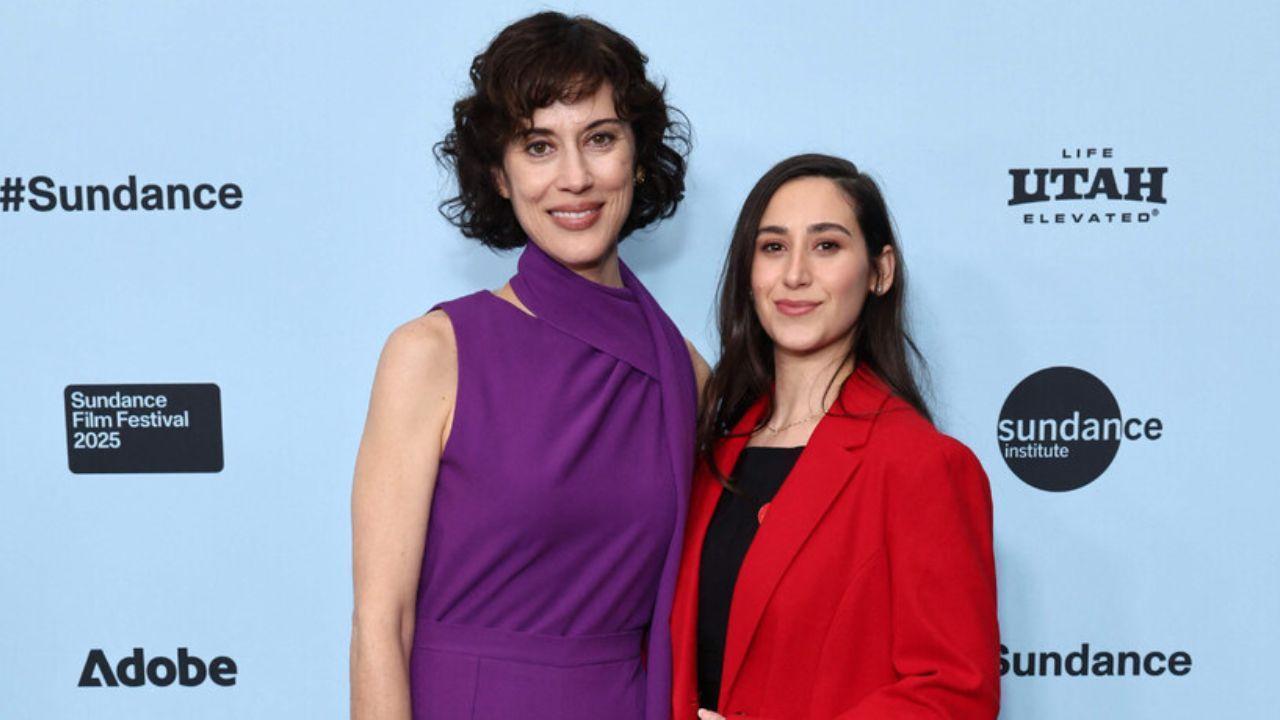
In the heart of Arabian culture, the Ardah dance holds a special place, embodying centuries-old traditions and deep-rooted values. This captivating dance form, often performed during festive occasions and national celebrations, reflects the essence of unity and pride among the people of Saudi Arabia.
The Ardah dance, characterized by rhythmic movements and synchronized steps, symbolizes strength, honor, and solidarity. As dancers clad in traditional attire, including the distinctive thobe and shemagh, gather in a circle, the beat of drums sets the tempo. The dance unfolds with graceful motions, accompanied by poetry recitals that recount tales of heroism and valor from Arabian history.
Rooted in Bedouin traditions, the Ardah is more than just a dance—it's a cultural phenomenon that bridges generations and preserves heritage. Families pass down the art of Ardah from one generation to the next, ensuring its continuity and significance in Saudi Arabian identity.
During national events like Saudi National Day or weddings, the Ardah takes center stage, uniting communities in joyous celebration. It serves as a powerful expression of collective pride and reverence for cultural heritage, fostering a sense of belonging and solidarity among participants and spectators alike.
Beyond its cultural significance, the Ardah embodies values of respect, discipline, and teamwork. Dancers must synchronize their movements seamlessly, demonstrating harmony and coordination amidst the exhilarating beats of the traditional instruments. This collective effort not only showcases the prowess of individual dancers but also exemplifies the strength found in unity—a testament to the rich cultural tapestry of Saudi Arabia.
The Ardah dance, deeply rooted in the rich tapestry of Arabian culture, traces its origins back to ancient times. Originating from the Arabian Peninsula, particularly Saudi Arabia, this traditional dance holds a significant place in the hearts of its people.
Centuries ago, the Ardah emerged as a symbol of unity and pride among Arabian tribes. It was not just a dance but a powerful expression of courage and camaraderie. Historically, tribes would perform the Ardah before battles to bolster morale and exhibit their strength.
The dance's origins are steeped in folklore and tradition, passed down through generations orally and through practice. Each movement and gesture in the Ardah carries symbolic meaning, from the rhythmic drumming to the synchronized steps and the ceremonial wielding of swords.
Over time, the Ardah evolved, adapting to cultural changes while retaining its essence as a cultural emblem. It became an integral part of celebrations, weddings, and important social gatherings, where communities came together to honor their heritage.
Today, the Ardah dance continues to thrive as a cherished tradition in Saudi Arabia and beyond. Its rhythmic beats and symbolic gestures resonate not only within the Arabian Peninsula but also globally, captivating audiences with its cultural depth and historical significance.
Learning the Ardah is a rite of passage for many young Saudis, who inherit the dance's legacy with pride and reverence. It teaches them about their roots, fosters a sense of identity, and strengthens bonds within their communities.
As Saudi Arabia embraces modernity, the Ardah dance remains a steadfast symbol of tradition and cultural pride. Its enduring legacy serves as a testament to the resilience and unity of the Arabian people, celebrating their history while looking towards the future.
The Ardah dance is not just a performance; it's a deeply symbolic ritual that carries profound meanings within Arabian culture. Imagine a scene where dancers, adorned in traditional attire, move in harmony to rhythmic drum beats, holding swords high in the air. Each element of the Ardah embodies something significant.
At its core, the dance symbolizes unity and strength. The synchronized movements of the dancers reflect the unity of the community or tribe performing it. It's a visual display of solidarity and mutual support among participants, reinforcing bonds that have been cherished for generations.
The swords wielded during the Ardah are not just props but symbols of valor and heritage. They represent the courage and bravery of Arabian warriors throughout history. As dancers sway and chant, the rhythmic drumming adds to the intensity, evoking a sense of pride in cultural identity.
Participating in the Ardah isn't just about showcasing physical prowess; it's about honoring traditions passed down over centuries. The ritualistic nature of the dance instills a sense of respect and discipline among those who learn and perform it. It teaches younger generations about their roots and the values upheld by their ancestors.
Today, the Ardah continues to be a centerpiece of celebrations and cultural events across Saudi Arabia and beyond. It serves as a reminder of the rich heritage and enduring spirit of Arabian traditions, captivating audiences with its powerful symbolism and rhythmic allure.
Understanding the symbolism and ritual of the Ardah dance opens a window into the cultural tapestry of Saudi Arabia, where each movement and beat tells a story of unity, strength, and timeless tradition.
The Ardah dance is not just a dance; it's a vibrant celebration that brings people together in Saudi Arabia and beyond. This traditional dance is a powerful symbol of unity among communities, showcasing their shared history and cultural pride.
In Ardah performances, participants clad in colorful attire and wielding swords move in rhythmic unison, creating an electrifying atmosphere. The beats of drums echo the heartbeat of the community, while chants resonate with tales of bravery and camaraderie.
For centuries, the Ardah has been a centerpiece of festive gatherings such as weddings, national events, and cultural festivals. It serves as a reminder of the strength and resilience of Arabian traditions, passed down through generations.
Learning the Ardah is a journey into heritage for younger generations. They are taught not just the dance steps but also the values of discipline, respect, and unity. Through mentorship and practice, they carry forward this cultural legacy, ensuring its continuity and vitality.
Internationally, the Ardah has gained recognition for its captivating rhythms and dynamic movements. It transcends borders, captivating audiences worldwide and fostering appreciation for Arabian culture.
In essence, the Ardah dance embodies more than just movement; it embodies the spirit of togetherness, resilience, and cultural pride. It continues to unite communities and celebrate their rich heritage, making it a cherished symbol of Arabian identity.
The Ardah dance, deeply rooted in Saudi Arabian culture, holds a special place in today's world as more than just a traditional dance. It serves as a vibrant symbol of national pride and unity, bringing communities together to celebrate their rich heritage.
In contemporary Saudi society, the Ardah continues to thrive at important events such as weddings, national holidays, and cultural festivals. It's not just a performance but a living tradition that connects generations, teaching values of respect, discipline, and teamwork.
Through the rhythmic beats of drums and the clashing of swords, the Ardah captivates audiences worldwide, showcasing the unique cultural identity of Saudi Arabia. It's a testament to the enduring spirit of a nation that cherishes its past while embracing the future.
As young Saudis learn the Ardah from elders and participate in its rituals, they gain a deeper appreciation for their roots and a sense of belonging to a larger community. This dance form is more than entertainment—it's a powerful expression of cultural pride and unity in today's diverse world.
The global recognition of the Ardah underscores its importance beyond borders, fostering cross-cultural understanding and appreciation. Its ability to transcend language barriers and convey emotions through movement makes it a cherished art form that continues to inspire and unite people of all ages.
In essence, the Ardah dance stands as a symbol of resilience, tradition, and identity in the modern era, ensuring that Saudi Arabia's rich cultural heritage remains vibrant and celebrated for generations to come.
In the heart of Saudi Arabian culture lies the Ardah, a dance steeped in tradition and pride. This ceremonial dance, also known as the Saudi sword dance, holds deep cultural significance, symbolizing courage, unity, and heritage.
The Ardah is not just a dance; it is a powerful expression of Saudi Arabian identity. Participants, adorned in traditional attire, gather to perform synchronized movements accompanied by rhythmic drumming and chanting. The dancers proudly wield swords, a symbol of strength and honor in Arabian culture.
Originating from the Arabian Peninsula, the Ardah has been performed for centuries, passed down through generations as a treasured cultural practice. It reflects the values of courage, unity among tribes, and reverence for history.
Learning the Ardah is a journey that begins at a young age, as children watch and emulate their elders. Through mentorship and practice, young dancers learn not only the physical steps but also the importance of discipline, teamwork, and respect for their heritage.
Ardah performances are not just events; they are celebrations that bring communities together. Whether at weddings, national holidays, or cultural festivals, the Ardah fosters a sense of belonging and pride among participants and spectators alike.
In a rapidly changing world, the Ardah stands as a beacon of cultural continuity. It serves as a reminder of Saudi Arabia's rich past and its enduring traditions, ensuring that future generations continue to embrace and honor their cultural heritage.
The Ardah dance, also known as the Saudi sword dance, has garnered widespread admiration and recognition worldwide. This traditional dance from Saudi Arabia captivates audiences with its powerful rhythms and symbolic movements, making it a cultural icon beyond its homeland.
Rooted in the rich history of the Arabian Peninsula, the Ardah is more than just a dance—it's a celebration of bravery, unity, and heritage. Performers clad in traditional attire showcase synchronized movements, often accompanied by rhythmic drumming and chanting, while wielding swords as a display of strength and honor.
In modern times, the Ardah has transcended borders, captivating international audiences at cultural festivals, diplomatic events, and entertainment venues. Its mesmerizing display of unity and cultural pride resonates with people around the world, fostering a deeper appreciation for Saudi Arabian traditions.
Younger generations are also embracing the Ardah, learning its intricate steps and meaningful gestures through mentorship and practice. This ensures the continuity of a cherished tradition, teaching discipline, teamwork, and respect for cultural heritage.
From its origins in the heart of Saudi Arabia to its global stage presence, the Ardah dance continues to inspire and unite people of diverse backgrounds. Its recognition on the world stage highlights its enduring significance as a symbol of Arabian culture and pride.
The Ardah dance, known as the Saudi sword dance, holds deep cultural significance in Saudi Arabian tradition. It symbolizes unity, pride, and heritage through synchronized movements and rhythmic drumming. Originating from the Arabian Peninsula, the Ardah has evolved into a global cultural phenomenon, captivating audiences worldwide with its powerful symbolism and historical roots. It continues to be cherished as a symbol of Arabian identity, passed down through generations and celebrated at weddings, national events, and festivals. Embraced by younger generations, the Ardah preserves cultural heritage and promotes values of discipline, teamwork, and respect.
DXB News Network acknowledges the cultural importance of the Ardah dance as a symbol of Saudi Arabian heritage. This article aims to celebrate its significance and promote cultural understanding. Readers are encouraged to explore further into the rich traditions and values represented by the Ardah, respecting its origins and cultural context.
The Ardah, also known as the Saudi sword dance, is a traditional dance from Saudi Arabia that symbolizes courage, unity, and cultural heritage. It involves synchronized movements, rhythmic drumming, and the ceremonial wielding of swords.
The Ardah holds deep cultural significance in Saudi Arabian society. It reflects values of bravery, solidarity among tribes, and pride in Arabian heritage. Often performed at weddings, national celebrations, and cultural events, it fosters a sense of community and identity.
Originating from the Arabian Peninsula, particularly Saudi Arabia, the Ardah dates back centuries. It evolved from Bedouin traditions as a symbolic dance performed before battles to boost morale and demonstrate unity among warriors.
The Ardah features rhythmic drumming, synchronized movements, and participants clad in traditional attire such as the thobe and shemagh. Swords are prominently displayed during the dance, symbolizing strength, honor, and historical valor.
Learning the Ardah is crucial for preserving Saudi Arabian cultural heritage. It teaches discipline, teamwork, and respect for traditions while instilling a sense of pride and identity among younger generations.
#trending #latest #ArdahDance #SaudiArabianCulture #SwordDance #CulturalHeritage #UnityInDiversity #TraditionAndPride #CelebratingCulture #GlobalRecognition #ArabianTraditions #CommunityCelebration #breakingnews #worldnews #headlines #topstories #globalUpdate #dxbnewsnetwork #dxbnews #dxbdnn #dxbnewsnetworkdnn #bestnewschanneldubai #bestnewschannelUAE #bestnewschannelabudhabi #bestnewschannelajman #bestnewschannelofdubai #popularnewschanneldubai

Sheikh Dr. Sultan bin Mohammed Al Qasimi, Ruler of Sharjah, has issued an Emiri Decree to establish and organize the Sharjah Creative Quarter (SCQ)...Read More.

Ruling BJP and allies proposed 23 changes to the Waqf Amendment Bill, while the opposition suggested 44, but none were accepted...Read More.
 Taylor Swift Stuns in ₹4.5 Lakh Louis Vuitton Jacket at Travis Kelce's Match
Taylor Swift Stuns in ₹4.5 Lakh Louis Vuitton Jacket at Travis Kelce's Match
Taylor Swift's Louis Vuitton jacket stole the spotlight as she cheered for boyfriend Travis Kelce du
 Gulf Giants Secure Six-Wicket Victory Over Sharjah Warriorz
Gulf Giants Secure Six-Wicket Victory Over Sharjah Warriorz
Tom Alsop played a brilliant knock, scoring an unbeaten 85 to lead Gulf Giants to a stunning six-wic
 Dubai's Real Estate Market Stays Among the World’s Best: Hamdan bin Mohammed
Dubai's Real Estate Market Stays Among the World’s Best: Hamdan bin Mohammed
Dubai’s real estate sector sees AED761B in transactions and 2.78M procedures in 2024
 Tamer Ashour & Adam to Perform at Al Majaz Amphitheatre on February 15
Tamer Ashour & Adam to Perform at Al Majaz Amphitheatre on February 15
Tamer Ashour & Adam to perform at Al Majaz Amphitheatre on Feb 15, promising a captivating night
 Keys Stuns Sabalenka to Win First Grand Slam Title
Keys Stuns Sabalenka to Win First Grand Slam Title
Madison Keys defeated top seed Aryna Sabalenka 6-3, 2-6, 7-5 to win her first Grand Slam title at th
Sharjah Ruler Approves Creation of Sharjah Creative Quarter

Sheikh Dr. Sultan bin Mohammed Al Qasimi, Ruler of Sharjah, has issued an Emiri Decree to establish and organize the Sharjah Creative Quarter (SCQ)
2 Non-Muslim Members Among 14 Changes in Waqf Amendment Bill

Ruling BJP and allies proposed 23 changes to the Waqf Amendment Bill, while the opposition suggested 44, but none were accepted
Exploring Dubai's Art and Culture Beyond the Skyscrapers

Discover Dubai's vibrant art and culture beyond its famous skyline.
Drug Kingpin Arrested After Wife's Social Media Reveals Location

Rodriguez shared photos at landmarks like the Eiffel Tower and Trevi Fountain, attracting DEA agents monitoring the couple's online movements
Thousands Return to North Gaza for 1st Time Since War as Israel Opens Crossings

After news of open crossings, tens of thousands of Gazans started walking north on Monday morning, carrying their belongings
Taylor Swift Stuns in ₹4.5 Lakh Louis Vuitton Jacket at Travis Kelce's Match

Taylor Swift's Louis Vuitton jacket stole the spotlight as she cheered for boyfriend Travis Kelce during the AFC Championship game
Anushka Sharma Stuns in Yellow Lehenga Worth ₹1.6 Lakh

Anushka Sharma is radiating elegance in her yellow lehenga designed by Mahima Mahajan. The stunning outfit exudes royal charm and costs ₹1.6 lakh, leaving every
Palestinian Voices Shine at Sundance Film Festival 2025

Palestinian-American director Cherien Dabis, set to shoot her personal drama *All That’s Left Of You* in the West Bank, was forced to reconsider her plans after
Colombia Reverses Deportation Decision After Trump’s Threats

Colombia agrees to accept deported citizens after Trump's tariff threat on Sunday, reversing defiance to US plans
From Underdogs to Winners: Amazing Comebacks in Sports

Discover inspiring sports comebacks where underdogs triumphed
3001E, 30 Floor, Aspin Commercial Tower, Sheikh Zayed Road, Dubai, UAE
+971 52 602 2429
info@dxbnewsnetwork.com
© DNN. All Rights Reserved.